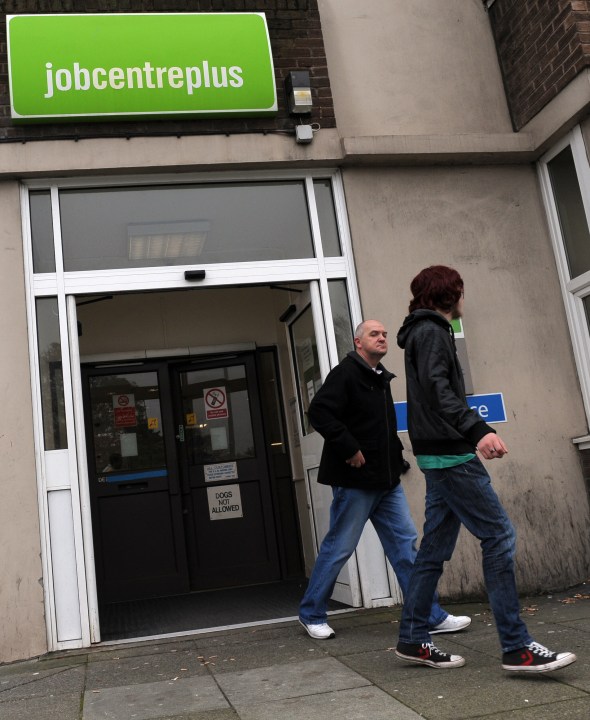 Could it be that Matthew Taylor, the RSA’s chief executive, is even more influential in
Downing Street today than he was when he was head of policy under Tony Blair? His latest blog
post is certainly causing a huge stir. David Aaronovitch picked it up in yesterday’s Times and
put a rocket under it.
Could it be that Matthew Taylor, the RSA’s chief executive, is even more influential in
Downing Street today than he was when he was head of policy under Tony Blair? His latest blog
post is certainly causing a huge stir. David Aaronovitch picked it up in yesterday’s Times and
put a rocket under it.
Matthew suggests a ‘bond for hope’ to fund a programme to tackle youth unemployment and I hear this has already caused a massive flurry of excitement inside Number 10. Here is the bones of the
suggestion in his own words:
Matthew has modestly invited other more clever folk (can there be such a thing?) to pick apart his argument. And he has now provided an update himself of the astonishing response the post elicited.‘The Government should create a “bond for hope”. This would be a five year bond earning say 1% tax free interest (so, below inflation but above what banks are offering). To reduce the worry that this is more Government debt liability, investors would have to carry the risk of Government taking up an option to roll the bond redemption date on by a further five years. The bond would aim to make £2 billion pounds available immediately to fund roughly a quarter of a million one year jobs for young people costing £150 a week (say £125 weekly allowance and £25 employer admin fee). The bond fund would be financed equally by a direct grant from Government, by 100 companies with the largest current capital reserves, who would be asked publicly to sign up or explain why not (after all, it would cost them less than £7 million each), and a public subscription made up of 660,000 individual investments of £1,000. The public bond would be targeted at particular groups, for example well off pensioners. Those who bought the bond would receive a certificate and other forms of public recognition. The bond would be overseen by an independent body of senior respected figures who would be charged with championing it among corporates and the public.’
Matthew suggested three areas of work for young people: schools, old people’s homes and public space. Personally, I think this is where his argument falls down. These are the classic spaces of state-driven work creation schemes. The finding of an evaluation for New Deal of the Mind’s Future Jobs Fund scheme suggests that placements in the creative sector are the answer – something Matthew should be promoting as the head of the the Royal Society for the Encouragement of Arts, Manufactures and Commerce.
There is now ample evidence that the government has lost its way on youth unemployment and needs some seriously imaginative ideas to dig itself out of a hole of its own making. Matthew Taylor has now thrown them a lifeline, but there are others doing the thinking that is clearly not going on within government itself.
The IPPR has urged a return to the idea of a jobs guarantee for the long-term unemployed and the Centre for Economic and Social Inclusion has published some excellent practical suggestions for a youth employment scheme to provide 75,000 jobs.
Meanwhile, ministers stick to the Work Programme as a universal panacea when it was never designed to provide jobs for young people (its priority is people on incapacity benefit, ex-offenders and people with substance and alcohol abuse problems). As Patrick Butler has taken pains to point out on his Guardian blog, the Work Programme is letting down young people and the third sector organisations set up to help them.
It would be unfair to say that the government is in open panic about youth unemployment. After all, Chris Grayling thinks one million young people on the dole is a mere distraction. But ministers need to start listening to people who have taken the trouble to do the work on the ground and to those, like Matthew Taylor, who have thought seriously about providing some solutions.







Comments